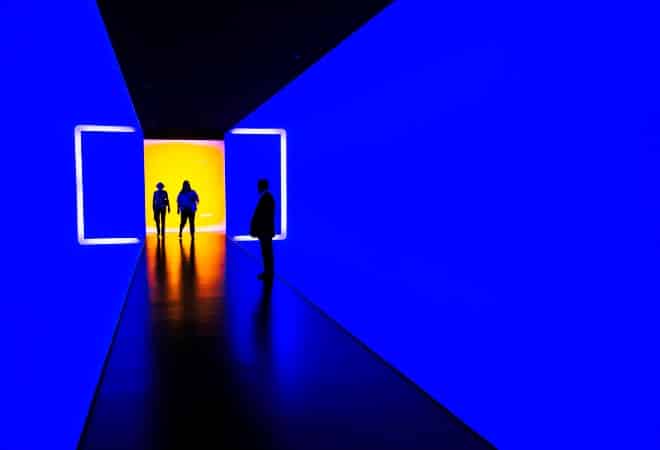Art and Technology: How Technology is Changing the Art World
Technology is transforming the art world, offering new ways for artists to create and for audiences to experience and engage with art. From digital art to virtual reality, 3D printing, and artificial intelligence, technology is opening up new possibilities for creativity and innovation. As technology continues to evolve, it will be exciting to see how artists and art lovers alike will continue to embrace it and push the boundaries of what is possible in the art world.

**** Digital Art ****
Digital art uses digital technology to create artwork. Artists can use a wide range of digital tools, such as graphic design software, computer programs, and even video games, to make something that can be displayed on screens, projectors, and other digital platforms.
One of the benefits of digital art is its accessibility. It can be easily shared and distributed online, reaching a global audience in a matter of seconds. Digital art also allows artists to experiment with new techniques and styles that would be difficult to achieve with traditional art forms.
**** Virtual Reality ****
Virtual reality is a computer-generated environment that simulates a physical presence in a virtual world. It has the potential to transform the way we experience art, allowing audiences to immerse themselves in a virtual world and interact with art in new and exciting ways.
Virtual reality art exhibitions are becoming increasingly popular, with artists using the technology to create immersive experiences that transport audiences to new worlds. Visitors can explore virtual art galleries and interact with artworks in ways that would not be possible in a physical gallery.
**** 3D Printing ****
3D printing is a technology that allows artists to create physical objects from digital designs. Artists can use 3D printers to create sculptures, jewelry, and other artworks, using a range of materials like plastic, metal, and even food.
3D printing has revolutionized the way artists create physical objects, allowing them to create complex shapes and designs that would be difficult to achieve with traditional techniques. It printing also offers the potential for mass production, allowing artists to create multiple copies of their work.
**** Artificial Intelligence ****
Artificial intelligence (AI) is a technology that allows computers to learn and make decisions based on data. In the art world, AI is being used to create artworks, analyze art, and even curate exhibitions.
AI art is a rapidly growing field, with artists using machine-learning algorithms to create original artworks. AI can also be used to analyze art, allowing curators to better understand the meaning and context of artworks.
--> Many artists are embracing these advancements, and here are some ways technology is shaping the art world:
(1) Accessibility and Global Reach.
Technology has made art more accessible than ever before. Artists can showcase their work online, reaching a global audience without the limitations of physical space. Online galleries and platforms provide opportunities for exposure and recognition, particularly for emerging artists who may not have access to traditional art institutions.
(2) New Mediums and Techniques.
Technological tools and software have expanded the artistic toolbox, allowing artists to experiment with new mediums and techniques. Digital painting software offers a vast array of brushes, colors, and effects, pushing the boundaries of traditional painting. Additionally, 3D printing enables artists to create intricate physical sculptures based on digital designs, merging the virtual and physical realms.
(3) Immersive Experiences.
Virtual reality (VR) and augmented reality (AR) technologies have revolutionized how we experience art. VR transports viewers to virtual worlds, offering immersive and interactive experiences. AR overlays digital elements onto the physical world, enabling artists to create dynamic and interactive installations. These technologies deepen the connection between the audience and the artwork, providing new dimensions of engagement and storytelling.
(4) Collaborative Opportunities.
Technology facilitates collaboration among artists and creators, even across geographical boundaries. Artists can work together remotely, sharing ideas and creations in real-time. Crowdsourcing platforms allow artists to receive direct support and funding from their audience, bypassing traditional gatekeepers. This collaborative nature fosters innovation and diversity in artistic projects.

